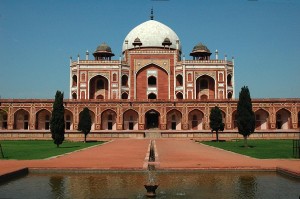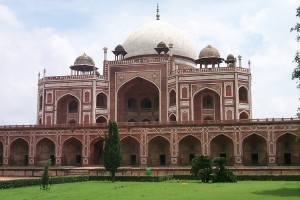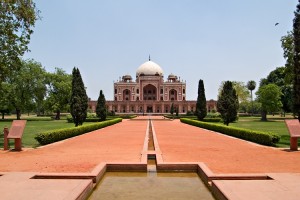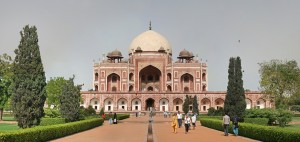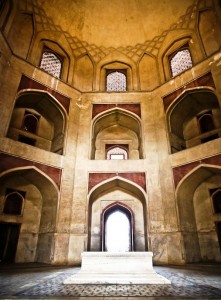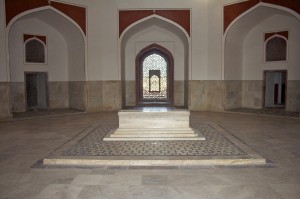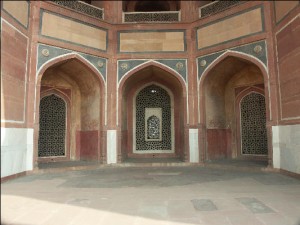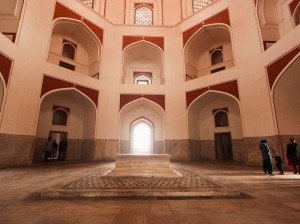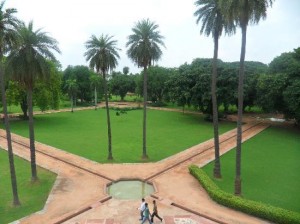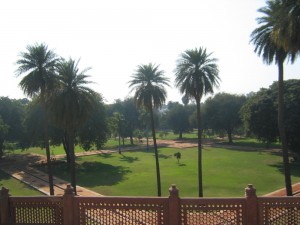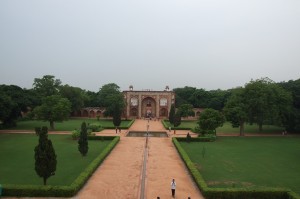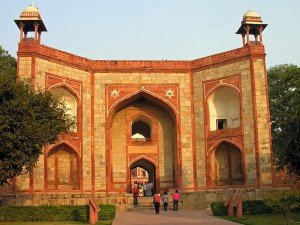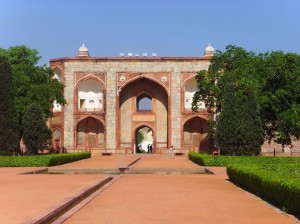Written by Soudip
May 9th 2014Other Places
You Are Here
Home > India > Shaniwar Wada, Pune Historical Facts and PicturesHumayun Tomb Historical Facts and Pictures
Humayun’s tomb, situated in the Indian city of Delhi, was accredited by Humayun’s first wife Bega Begum in 1565, 9 years after the Emperor’s death. The tomb, designed by Persian architect Mirak Mirza Ghiyas, was the very first garden-tomb in the Indian sub-continent. It took 8 years to build the main tomb, with the construction work completing in 1572. The compound covers the Humayun’s tomb, the graves of Bega Begum, Hamida Begum and numerous other subsequent Mughals, including Jahandar Shah, Farrukhsiyar and Alamgir II. In 1993, it was declared as UNESCO World Heritage Site.
The Mughal emperor’s tomb is set in a geometrically arranged garden setting. The architectural elements of the building represent a step forward in Mughal architecture that was markedly different from earlier Mughal structures. The garden complex is divided into 4 parts that are further sub-divided in several square parts with numerous causeways, water pavilions and water channels. The complex has two gates – one on the south and one on the west.
The architecture and interior of the tomb carries a Persian touch. The tomb’s main chamber is quite similar to the tomb of Persia’s Mongol Ilkhanid ruler Oljeitu. This is one of the Mughal establishments influenced by Timurid architecture. The interior features small kiosks on the roof. The tomb also carries beautiful tile work embodying both Persian and Indian decorative features.
Humayun Tomb
Humayun Tomb Interior
Humayun Tomb Gardens
Humayun Tomb Entrance
Representing the Mughal structural style’s formative stage, Humayun’s tomb represents earliest extant specimen of Mughal style architecture. A century later, the same architectural flair culminated in the Taj Mahal. Humayun’s Tomb still stands as one of the great architectural achievements of Mughal era.
Category
IndiaWritten by Soudip
May 9th 2014










